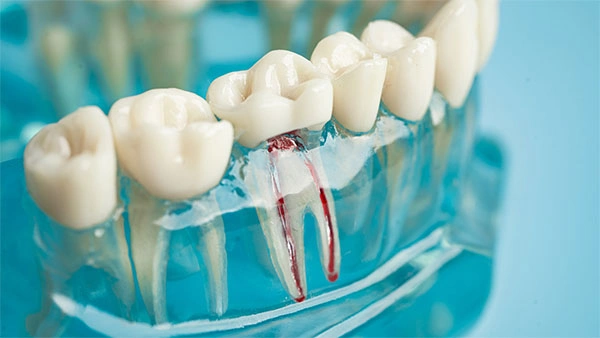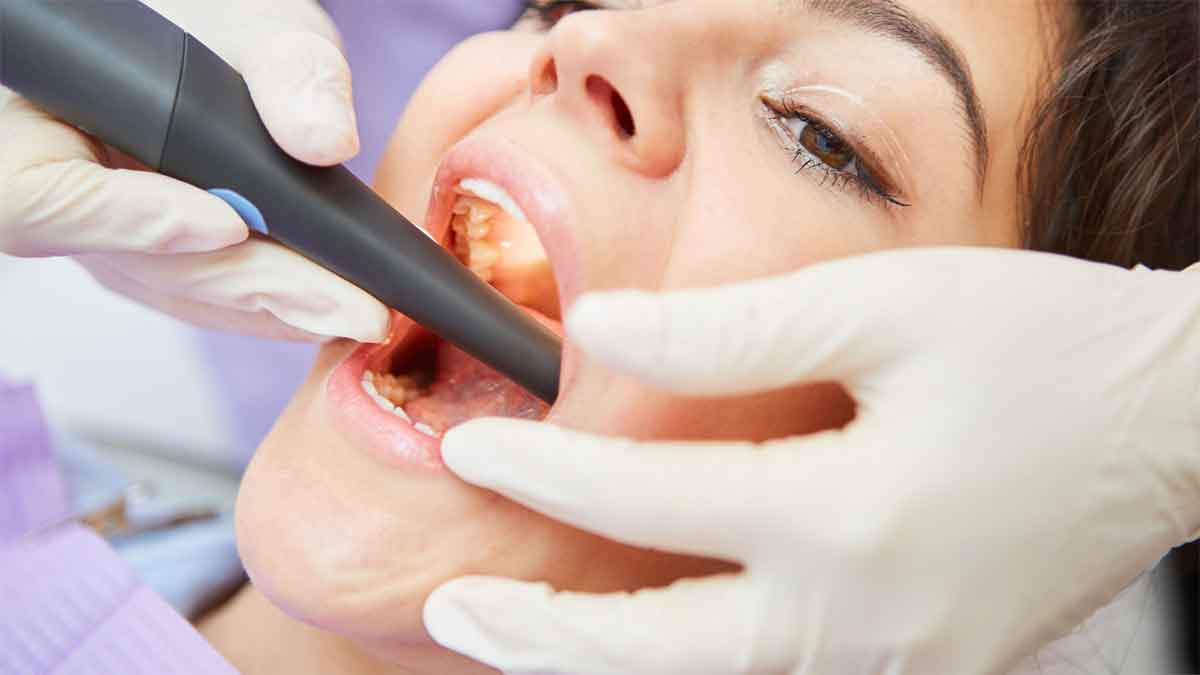Understanding Invasive Cervical Resorption: Causes, Symptoms, and Treatment

Noticing unexpected changes in your teeth can be alarming. If you see pink spots near your gumline, feel increased sensitivity, or experience discomfort while eating, you may have invasive cervical resorption (ICR)—a progressive dental condition that weakens teeth from the outside in.
Early diagnosis and expert treatment are crucial. This guide explores ICR’s causes, symptoms, and treatment options to help you protect your oral health.
Table of Contents
- What Causes Invasive Cervical Resorption?
- Orthodontic Treatment & Dental Procedures
- Trauma & Physical Injury
- Chemical Exposure & Bleaching
- Genetics & Systemic Health Factors
- How to Identify Symptoms of Invasive Cervical Resorption
- Early Warning Signs
- Progressive Symptoms
- Radiographic & Visual Detection
- Best Treatment Options for Invasive Cervical Resorption
- Diagnostic Process and Treatment Planning
- Conservative Treatment Planning
- Surgical Treatment Options
- Post-Treatment Care & Recovery
- Why Choose Renovo Endodontic Studio for ICR Treatment?
What Causes Invasive Cervical Resorption?
ICR doesn’t develop overnight. It often results from dental procedures, trauma, chemical exposure, or genetic predisposition. Identifying the root cause is essential for effective treatment.
Common causes include:
Orthodontic Treatment & Dental Procedures
Braces, clear aligners, and other orthodontic treatments can stress tooth roots, triggering an inflammatory response that weakens protective layers and increases the risk of resorption. Past procedures like root canals, extractions, and crown placements may also contribute if surrounding tissues become irritated.
Trauma & Physical Injury
Sports injuries, falls, or accidents can damage the periodontal ligament, leading to abnormal resorption. Even minor repeated trauma—like teeth grinding (bruxism) or excessive clenching—can weaken teeth over time, making them more susceptible to ICR.
Chemical Exposure & Bleaching
Internal teeth whitening after a root canal is a recognized risk factor for ICR. Strong bleaching agents can weaken tooth structures, increasing vulnerability. Additionally, frequent use of acidic mouth rinses or over-the-counter whitening products may contribute to resorption.
Genetics & Systemic Health Factors
Some individuals naturally have thinner cementum and dentin layers, making their teeth more prone to resorption. Conditions like osteoporosis, autoimmune diseases, and hormone imbalances can also impact how the body responds to inflammation and bone remodeling, increasing the risk of ICR.
How to Identify Symptoms of Invasive Cervical Resorption
Early detection is crucial to prevent severe dental damage. However, ICR often progresses without noticeable symptoms in its initial stages.
Understanding these key symptoms can help individuals seek treatment before irreversible harm occurs:
Early Warning Signs
- Small pink or discolored spots near the gumline
- Rough texture or notches on affected teeth
Progressive Symptoms
- Mild discomfort when chewing
- Small cavities or irregularities near the gumline
- Increased tooth sensitivity to hot or cold foods
- Localized sharp pain when biting down
Radiographic & Visual Detection
ICR is often diagnosed via X-rays or CBCT scans, which reveal irregular dark areas along the root or cervical region. Advanced cases may show hollowed-out sections, surface defects, or tooth mobility.
Best Treatment Options for Invasive Cervical Resorption
Treatment depends on the stage and severity of ICR. Early intervention can preserve teeth, while advanced cases may require surgical procedures. Here are the treatment approaches typically used:
Diagnostic Process and Treatment Planning
A thorough evaluation, including CBCT imaging, determines the lesion’s size, location, and severity. A customized treatment plan is then developed based on the condition’s progression.
Conservative Treatment Planning
For mild cases, resorption cells are removed, and defects are filled with biocompatible materials. Fluoride applications and stabilization techniques may slow the progression. If the pulp remains intact, a root canal may not be needed.
Surgical Treatment Options
For advanced ICR cases, surgical curettage removes affected tissue, and the area is reinforced with restorative materials. If the pulp is compromised, a root canal may be necessary. In severe cases, tooth extraction and implant placement may be the best solution.
Post-Treatment Care & Recovery
- Avoid hard foods & practice excellent oral hygiene
- Follow specialist-recommended oral care routines
- Schedule regular check-ups to monitor for recurrence
Why Choose Renovo Endodontic Studio for ICR Treatment?
Treating ICR requires an experienced endodontic specialist. At Renovo Endodontic Studio, we use advanced imaging, minimally invasive techniques, and expert care to preserve your natural teeth whenever possible.
If you’re experiencing symptoms of ICR, don’t wait—schedule an appointment today to receive expert diagnosis and personalized treatment.

